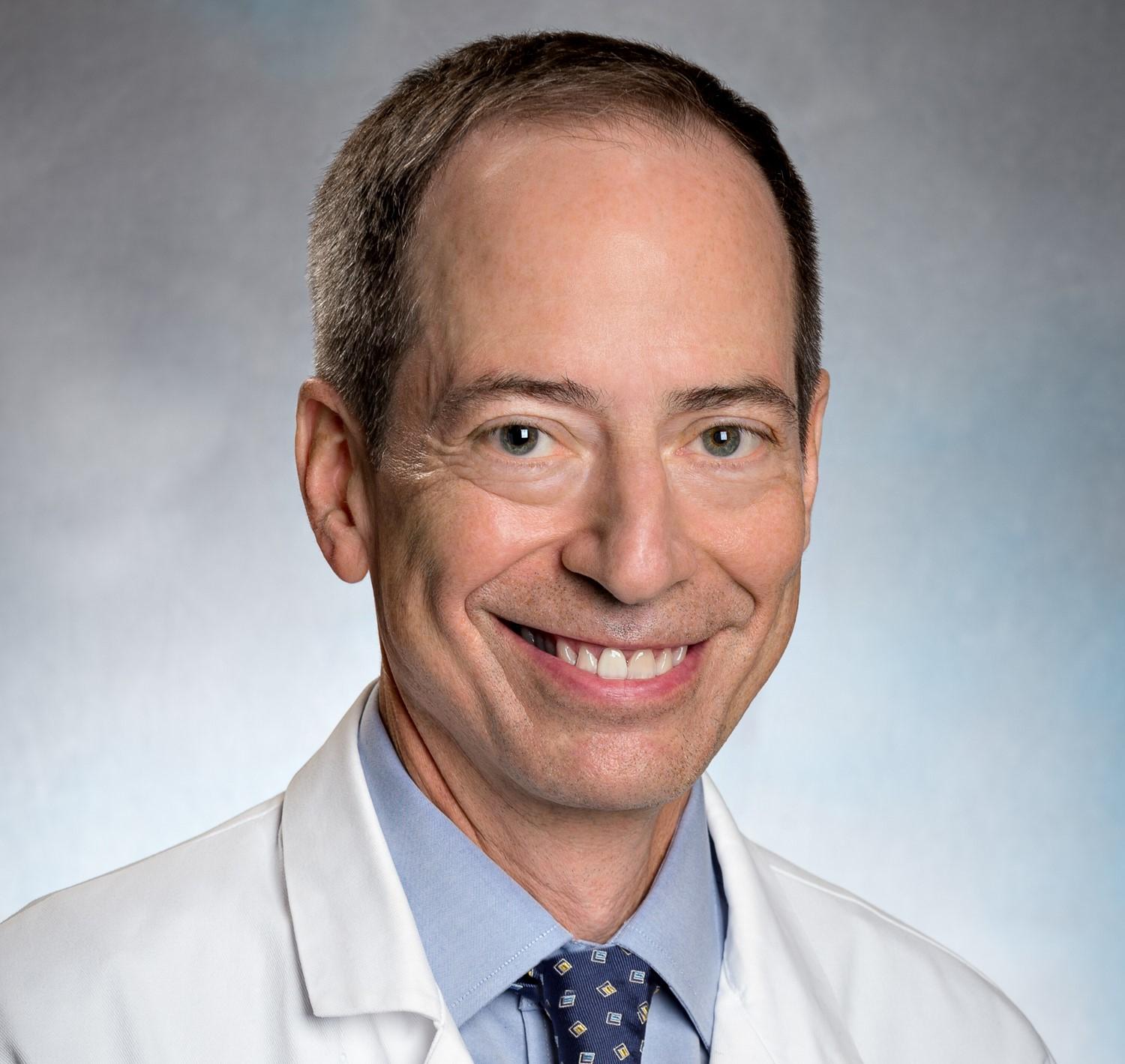El Dr. Paul Sax participa en la sesión inaugural del XIV Congreso de GeSIDA, con una ponencia titulada ‘HAART, ART, 2DR, LA-ART…. What acronym is next?’. Nos adelanta su contenido en esta entrevista:
Dr. Paul E. Sax is Clinical Director of the Division of Infectious Diseases at Brigham and Women’s Hospital (BWH), where he holds the Bruce and Robert Beal Distinguished Chair, and Professor of Medicine at Harvard Medical School. Dr. Sax received his MD from Harvard Medical School, did his residency in Internal Medicine at BWH, then fellowship in Infectious Diseases at Massachusetts General Hospital.
He is Editor-in-Chief of Open Forum Infectious Diseases, is Section Editor of HIV/AIDS in UpToDate, on the Editorial Board of NEJM Journal Watch Infectious Diseases (where he writes the HIV and ID Observations blog), and on the editorial advisory board of Medscape HIV/AIDS. Dr. Sax is the Associate Program Director for the Mass General Brigham fellowship in Infectious Diseases, is on the core faculty of the International Antiviral Society – USA.
In addition to his clinical practice and teaching, Dr. Sax’s ongoing areas of research include clinical trials of antiretroviral therapies, cost-effectiveness of management strategies for HIV, and toxicity of antiretroviral therapy. He is presently the principal investigator at the BWH AIDS Clinical Trials Unit, and is a member of the Cost-Effectiveness of Preventing AIDS Complications (CEPAC) Research Group.
The fight against HIV is a success story and advances in drug development … that is not finished yet. What are the next foreseeable milestones or, as you say, what are the next acronyms we have to see?
The acronyms part is a joke, one I share with my longtime friend and colleague, Dr. Jose Arribas – and the person I’m grateful to for inviting me to this meeting. His Twitter profile includes so many acronyms that I’m sure at least one of them is made up!
(For the record, here they all are: EGB, BUP, COU, UCM, MD, MIR, HULP, CBP, SE-1/20, PAB, WU, ID, HIV, MI-2, SAB, GESIDA, EACS, UEIMC, EVD, EIMC, ZKV, HLIU, CCHF, RM, LC, TTAGGG, COVID-19, EAA, CID)
One area we can advance is a treatment that’s easier to administer to the significant proportion of people with HIV who still are not in care, and therefore not taking standard oral ART. Imagine a treatment given twice-yearly, with a high resistance barrier and amenable to home administration by a visiting nurse, or received in a drug-treatment center, or pharmacy. Now that would be transformative long-acting therapy!
Thanks to antiretroviral treatments, it has gone from being considered a deadly disease to a chronic and manageable pathology. Do you think that the new advances will go in the direction of continuing to make the disease more manageable or will we arrive at a treatment that achieves cure, as in the case of hepatitis C for example?
I expect most of the treatment advances we will see in the next 5 years to be incremental rather than great leaps forward – so yes, more managable. However, we should continue to search for a cure as an aspirational goal, and hence I’m strongly encouraging our translational and basic scientists at Harvard to continue their work in this area. We know from the small number of people who have been cured with stem cell transplants that at least this is feasible, albeit never scalable using that strategy.
Is mental health the «elephant in the room» that has not been seen in recent years in the approach to HIV?
Mental health care, at least in the United States, is a tremendous challenge for everyone, not just for PWH. But we’ve known for a long time that PWH have a higher rate of underlying mental illness than the population without HIV, and indeed it’s critical to work closely with psychiatrists, psychologists, and social workers whenever doing HIV care.
In Spain there is an established debate about whether celebrating parties such as gay pride is a good time to talk about HIV or, on the contrary, it is contributing to stigmatization and the old and unfortunate label of gay cancer. As a specialist in the field of LGBT health, what is your opinion on this?
HIV prevention efforts should be targeted to the people at greatest risk. As a result, I believe that such settings are good places to get the message out about effective strategies such as U=U, PrEP, and frequent testing.
What are the latest discoveries or advances in research on the HIV reservoir and how do they bring us closer to the development of new treatments and strategies aimed at cure?
One important discovery was led by one of my colleagues, Dr. Jonathan Li, studying a group with low-level viremia despite ART. The results give insight into why ART doesn’t lead to cure – the cells harboring HIV may be primed for survival by downregulating apoptosis pathways and upregulating anti-apoptosis pathways. This is particularly notable in this group of PWH who have low-level viremia despite full adherence to ART, as they have a large reservoir of transcriptionally-active clones of HIV-infected cells, but no evidence of viral evolution. It’s an amazing study – here’s the reference: Mohammadi, A., Etemad, B., Zhang, X. et al. Viral and host mediators of non-suppressible HIV-1 viremia. Nat Med (2023
The pandemic had a negative impact on LV care. What measures would be required in your opinion to recover the lost ground and reach the 95/95/95 targets set by UNAIDS in 2030?
We have the tools to end the HIV epidemic. If all people with HIV were on suppressive ART, and all people at risk on HIV, new case numbers would plummet – as they have in the countries and cities with widespread adoption of these strategies. The challenge is to implement this globally, and we still have plenty of work ahead of us to make this happen!
